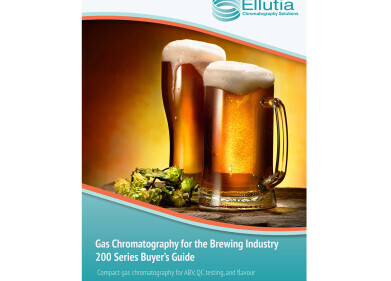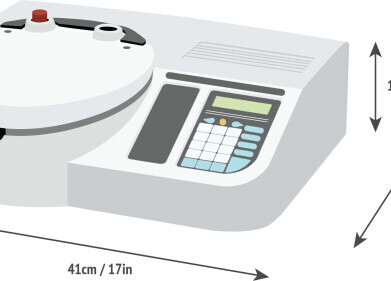Chromatography
Mercury and Arsenic Speciation Analysis by IC-ICP/MS
Jan 25 2010
Coupling ion chromatography to an inductively coupled plasma mass spectrometer (IC-ICP/MS) is a powerful tool to determine different species organic and inorganic compounds unambiguously in one single run. However, during sample preparation, some of these species undergo interconversion. These interconversions can be reliably monitored using speciated isotope dilution mass spectrometry (SIDMS), a method recently described in EPA method 6800.
Depending on the pH and the redox potential, chromium, for example, can interconvert bi-directionally between Cr3+ and the highly toxic and carcinogenic Cr6+. Similarly, mercury tends to undergo various transformations when released into the environment. It is found in several forms, particularly as elemental mercury (Hg0), inorganic mercury (Hg2+) and biologically active organic mercury (methylmercury CH3Hg+).
By introducing enriched isotopic species spikes into the analytical process, one can correct for and measure those interconversions to derive true concentrations of the species. While arsenic compounds can be analysed without applying SIDMS, several commonly used extraction techniques used for mercury speciation in biological samples (e.g. tuna fish tissue as in EPA 6800) are evaluated by applying both SIDMS and external calibration. Metrohm.
Digital Edition
Lab Asia Dec 2025
December 2025
Chromatography Articles- Cutting-edge sample preparation tools help laboratories to stay ahead of the curveMass Spectrometry & Spectroscopy Articles- Unlocking the complexity of metabolomics: Pushi...
View all digital editions
Events
Jan 21 2026 Tokyo, Japan
Jan 28 2026 Tokyo, Japan
Jan 29 2026 New Delhi, India
Feb 07 2026 Boston, MA, USA
Asia Pharma Expo/Asia Lab Expo
Feb 12 2026 Dhaka, Bangladesh



















